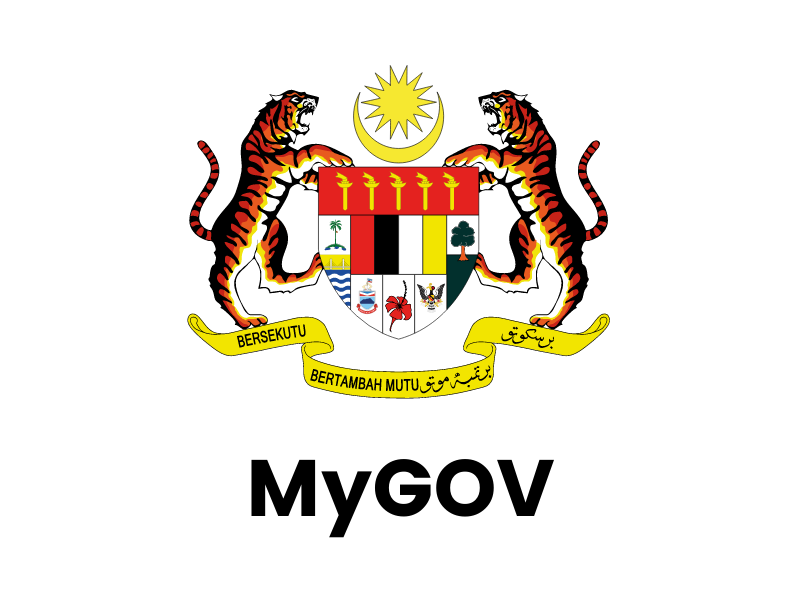Kasai: Pretty to the eyes, tasty to the palate

Kasai or Pometia pinnata is also known as matoa in Indonesia and tava in Samoa. Kasai is a large forest tree that can grow up to 18 meters with diameter up to 100 centimeters depending on the environment it grows in. Kasai thrives well on dryland and its natural distribution is in South East Asia and the Pacific Islands. Kasai has a beautiful form and looks very attractive for its wavy leaves with clear venations. The tree’s pretty bright red shoots can enhance the landscape of any area. Today, Kasai is often planted as a shady ornamental tree species in cities and recreational parks, as well as alongside roads and highways.
Kasai fruit is commonly eaten and is categorized as a rare fruit. The fruits are small, oblong and around 3 to 4 cm long. When young, the fruits are light green and come in stalked bunches much like the longans. Kasai fruit will change its color to reddish brown and eventually to dark red when fully ripe. The fruit skin is quite fragile and easily broken when bitten. The fruit flesh is very thin and transparent, white in color, almost like the longans. It tastes very sweet, but not easily separated from the seed. Kasai fruit can be also be cooked in sweet sauce (pengat), eaten with bread or glutinous rice.
In the olden days, kasai bark was very useful in preserving fishing nets. The nets are dipped and soaked in a solution of dried bark to prevent deterioration. In those days, fishing nets were made from cotton rope unlike the nylon used today. Pometia pinnata belongs to the family Sapindaceae, like the longans, litchi and rambutan. At FRIM, it can be found in Taman Warisan (by the road side before turning into FRIM’s main entrance). Many trees can also be found at Kepong Botanic Gardens. Kasai can also be seen as one walks along the Rover Track.
Pictures contributed by Zawiah Ngah.














